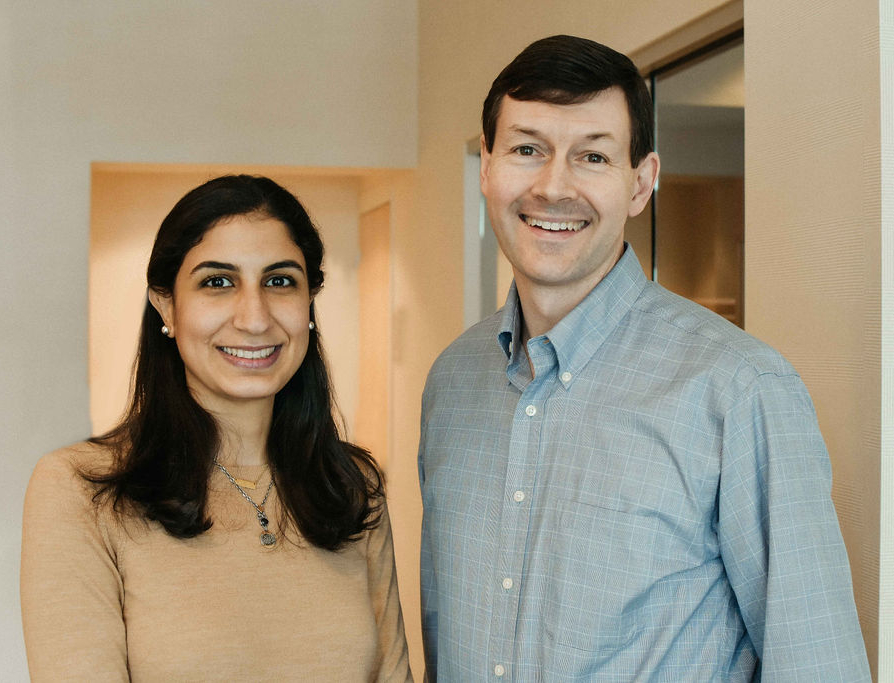Information:
At Wenger Orthodontics, we are pleased to offer dentofacial orthopedics in addition to traditional orthodontics. While orthodontics involves the management of tooth movement through braces and Invisalign trays, dentofacial orthopedics focuses on the guidance of facial bone growth and development, which occurs during childhood and adolescence. Specialized appliances, such as the Herbst appliances (mandibular advancement) and maxillary expanders (widening the upper jaw) are utilized to make lasting changes on the facial bones in growing patients. Wenger Orthodontics is skilled in both dentofacial orthopedics and orthodontics which enables us to diagnose misalignments in the teeth and the jaws; this allows us to create an individual treatment plan that targets both of these areas for each patient.
Learn More:
Two-phase orthodontic treatment is a dual step method of aligning a child’s teeth and producing a functional bite. Usually, two-step orthodontic treatments begin between the ages of 7 and 9, when many of the primary teeth remain in a child’s mouth. The braces stay on for a year or two, after which time they are removed and replaced with a retainer. This resting phase lasts about 3 years, after which time children return to the orthodontist for the second phase of treatment. From start to finish, two phase orthodontics can take 5 years or more, but most orthodontists and parents believe the results are often worth the extended treatment time.
Did you know…
The American Association of Orthodontists endorses early childhood orthodontic treatments? The Association recommends an initial screening for every child no later than age 7. Because children this age have achieved approximately 80 percent of their total facial growth, a first phase of treatment during this time period can leverage remaining growth. By the time they reach age 11 or 12 (when the second phase of treatment is initiated), children have achieved more than 90 percent of their lifetime facial growth.
Frequently Asked Questions
Does my child need two-phase orthodontic treatment?
The only way to know if your child needs orthodontic treatment of any kind is by visiting an orthodontist. Children as young as 4 can be screened, although the AAO recommends waiting no longer than age 7. If your child is over age 7 and has not yet been screened, make an appointment for a consultation at your earliest convenience.
What should I expect during a two-phase treatment?
Between the first and second treatment phases, you’ll need to bring your child to the orthodontist periodically to monitor progress and check the condition of your child’s retainer. He or she may also need occasional x-rays to ensure everything is progressing smoothly and as planned. Once your child has lost his or her final primary tooth, you’ll return yet again to get the second set of braces – usually around the age of 12.
Will I need to follow any special care instructions while my child is undergoing two-step orthodontic treatment?
Yes. Orthodontic appliances are designed for durability but can easily break when not cared for. You’ll need to ensure your child is following all directions for brushing around the braces and also exclude hard candies or foods that could damage the appliance components.



